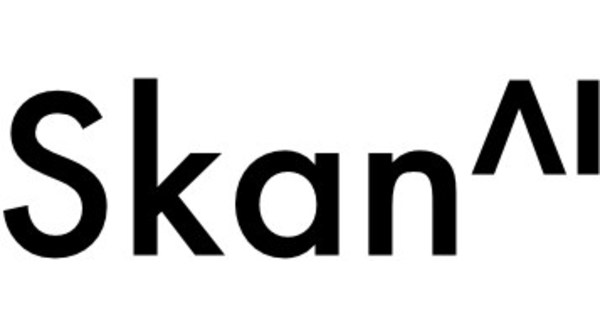A New Era of Work Automation with Enterprise AI: Skan AI Issues Agentic Process Automation Manifesto

Skan AI released its Agentic Process Automation Manifesto, a set of six battle-tested principles for building AI agents that actually work in the enterprise. These concepts are drawn from more than fifty real-world‑ deployments at some of the world’s largest enterprises in banking, healthcare, insurance, and services.
“Every large enterprise wants AI that can reason and act. The blocker is that agents lack an accurate picture of how work is actually performed. The missing piece is the living system of record of process execution,” said Manish Garg, Co-founder and Chief Product Officer of Skan AI.
Skan AI’s Approach: Observe, Then Automate
Skan AI’s Observation-To‑Agent (O2A) platform observes how humans actually work – every click, keystroke, workaround and judgement call across your entire tech stack.
This digital footprint becomes a living blueprint that AI agents follow to execute complex, multi-step processes from start to finish – providing full context about variations, compliance requirements, and the inevitable exceptions that break traditional automation.
Where Today’s “Agentic” Approaches Fail
- Task-first approach
- Local and inflexible: Pre-scripted steps fail to adapt to small variants – they optimize a task, not the end-to-end outcome.
- Low context, high exceptions: Without a versioned process model, agents lack the necessary context to make informed decisions, provide clear explanations, and implement improvements.
- Database-first approach
- Insight without execution: Analytics, logs, and prompt-tuning describe the work but don’t run it end-to-end.
- Stale snapshots: Static datasets miss edge cases and drift from how work actually happens; exceptions bounce back to humans.
- Platform-first approach
- Bounded by its own walls: Great at automating what lives inside the platform, but blind where enterprise work happens: desktops, vendor portals, legacy UIs, email/attachments, and human handoffs.
- Model-first approach
- Consumer patterns ≠ enterprise reality: Pretrained largely on web/shopping/search flows, models lack enterprise semantics—case IDs, role entitlements, approvals, evidence chains, etc.
- Short-horizon habits: Optimized for single-session tasks; enterprise cases span weeks, teams, and systems. Without observed execution telemetry and case memory, plans break, policy is missed, and explainability suffers.
Also Read: AiThority Interview With Dmitry Zakharchenko, Chief Software Officer at Blaize
What Changes with Context-Aware Agentic Execution
Context-aware agentic execution reverses this logic: first capture how work is done, then run governed agents across UI and APIs with that context. The result: automation that adapts, learns, and delivers consistent outcomes in complex environments.
The Six Principles: A New Standard for Enterprise AI
- Telemetry over assumptions. Train and govern agents on observed human–system interactions (clicks, keystrokes, decisions) across approved apps – use reality, not assumptions.
- Execution over analytics. Insights must drive end-to-end execution – agents plan, act, and verify outcomes across UIs and APIs – closing the loop from “knowing” to “doing.”
- Transparent governance. Policy-as-code, case memory, and step-level evidence make every action explainable and reversible; approvals, audit trails, and rollback are native behaviors, not afterthought integrations.
- Open architecture. Plug into existing systems, models, and controls without rip-and-replace—model-agnostic, connector-rich, and standards-friendly (MCP) so agents operate wherever the work lives.
- Outcome driven metrics. Success is measured in business outcomes—not bot counts: cycle time, first-pass yield, exception rate, compliance adherence, and cost-to-serve are first-class metrics tied to each case.
- Human-AI collaboration. Humans and agents work as one team: clear roles, escalation paths, and human-in-the-loop gates; expert interventions become reusable skills, compounding reliability over time.
“You cannot improve what you do not capture. When operational telemetry informs agents and controls are built in from the start, you see faster resolution times and more consistent compliance. These principles reflect what it takes to deliver durable outcomes in complex organizations.” — Cijo Joseph, Chief Technology & Digital Officer, Mitie
[To share your insights with us as part of editorial or sponsored content, please write to psen@itechseries.com]

Comments are closed.